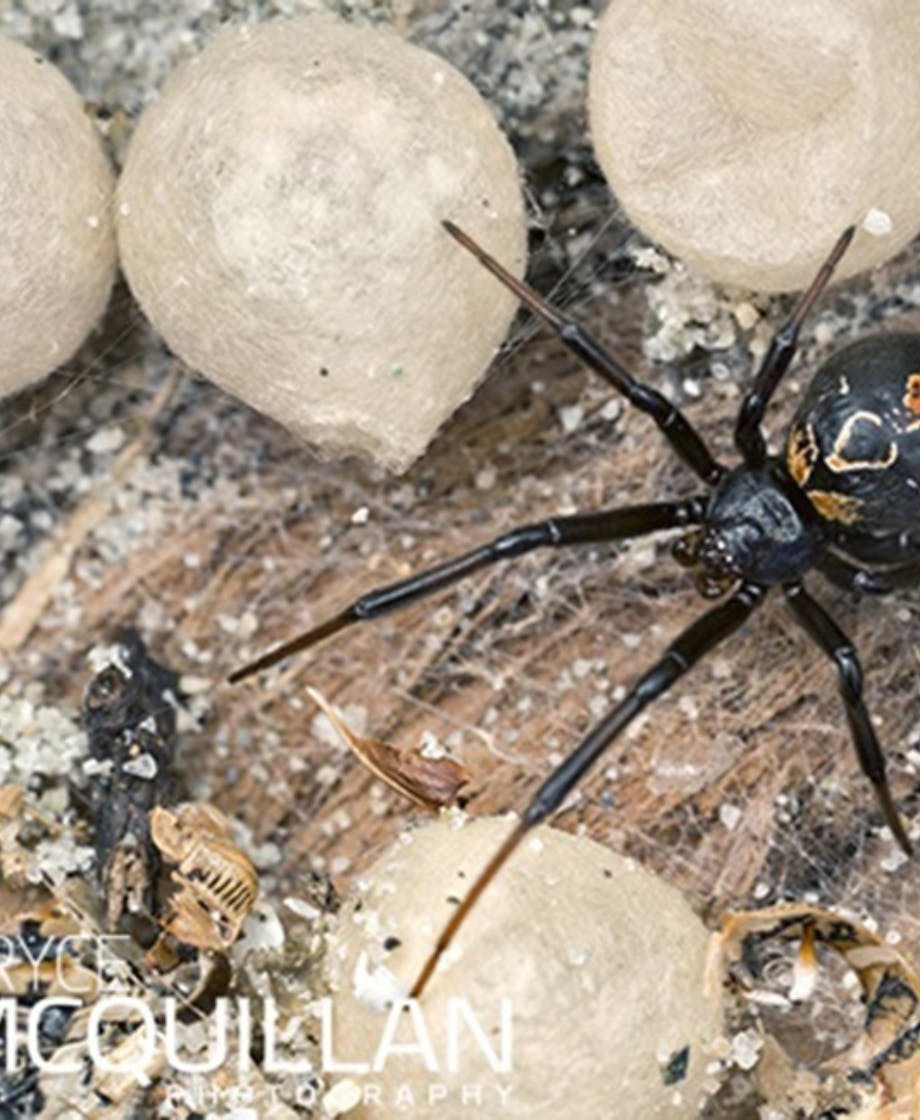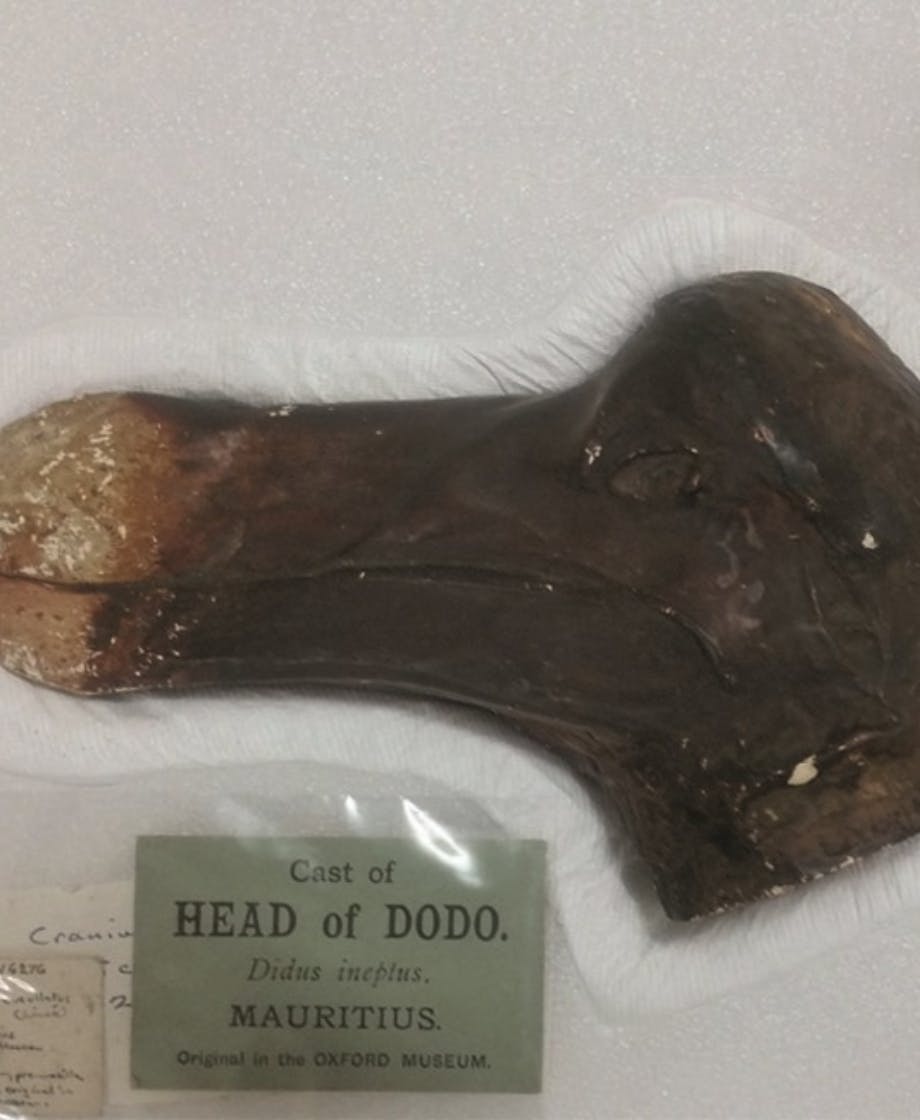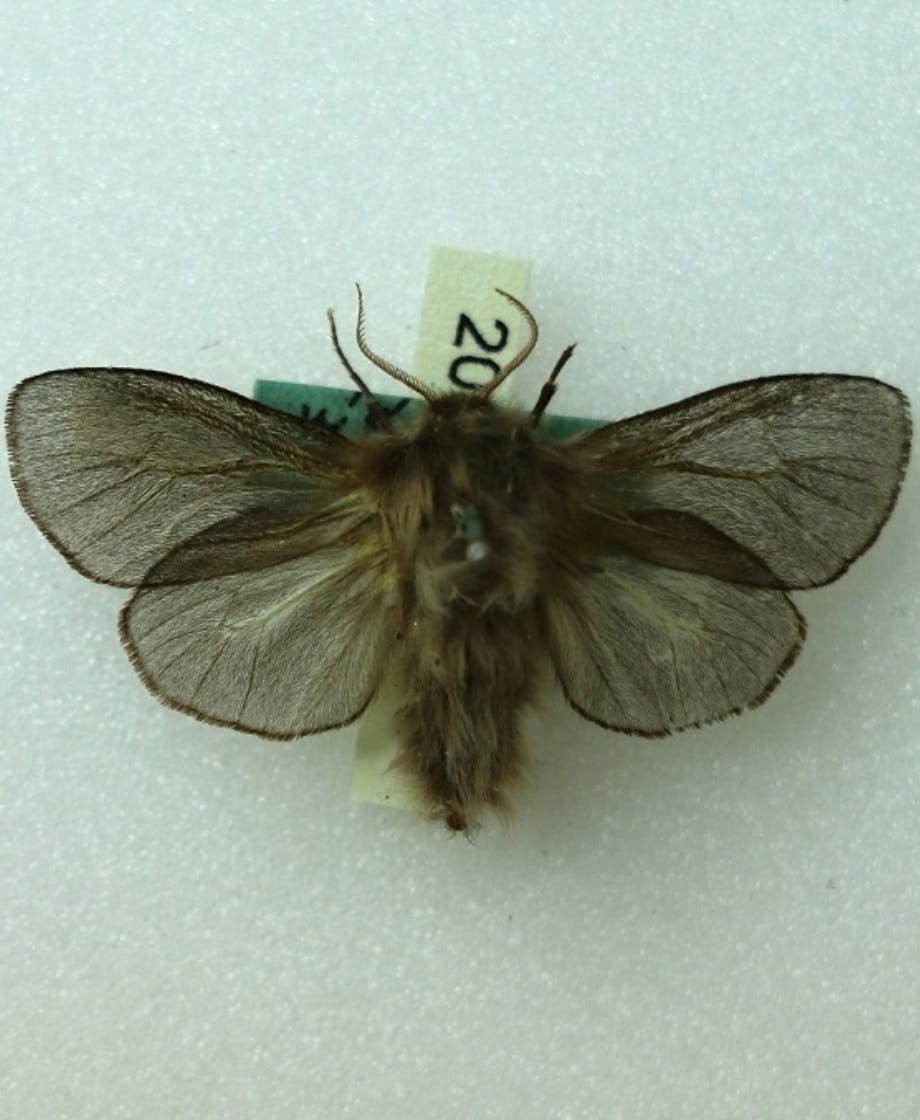Predator-proof fences are an important tool for protecting New Zealand’s native species. Most fences are designed to protect a patch of native bush, which is home to a range of native plants and animals.
Predator-proof fences aren't usually built to protect a single species, but one has been constructed near Tekapo specifically to safeguard one of the last populations of an endangered New Zealand insect: the robust grasshopper, Brachaspis robustus. This fence is probably the first predator-proof fence in the world installed specifically to help a single endangered species. The fence is being used as a test case for scaling up to larger versions that would potentially protect a greater range of species.
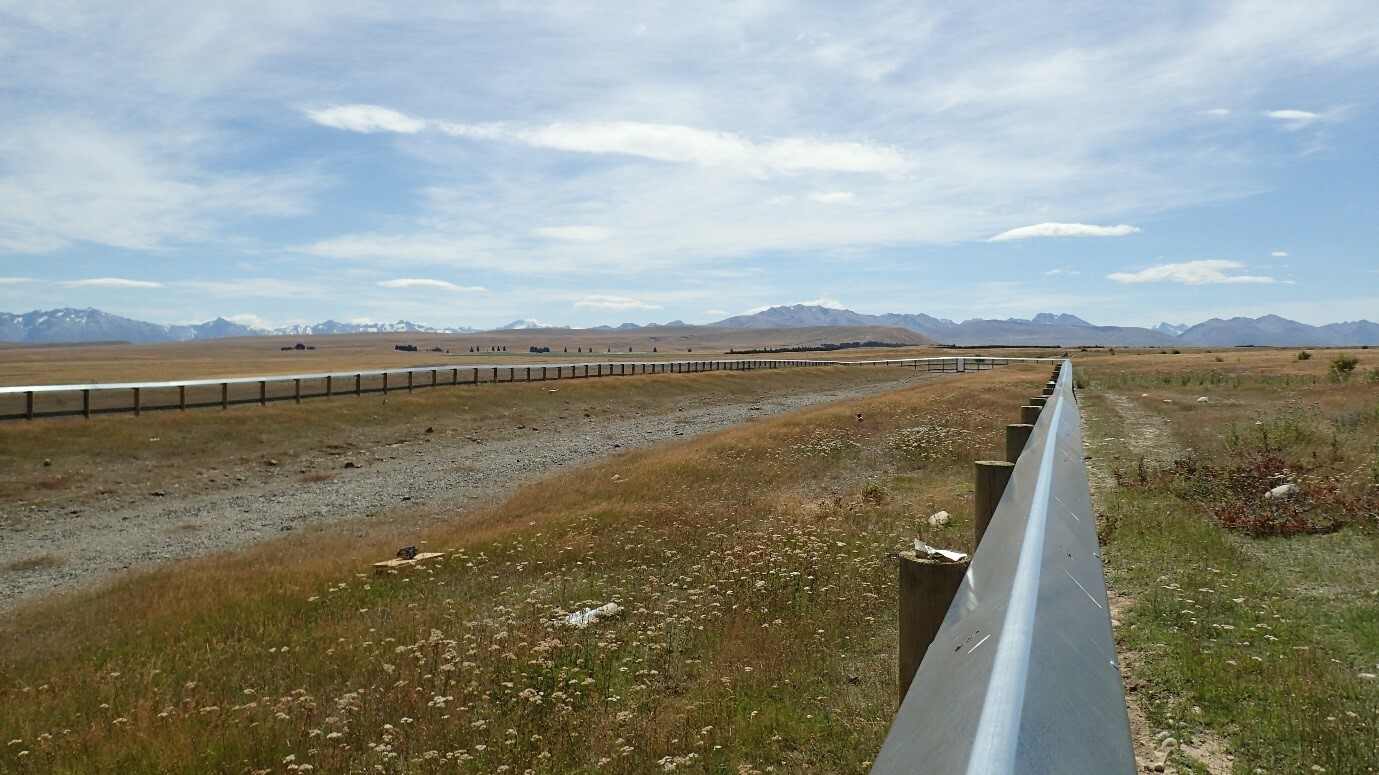
Tara Murray, a senior lecturer at the University of Canterbury, along with PhD student Jennifer Schori and MSc student Liam McIver, has been researching the robust grasshopper for the last 5 years at the Tekapo Triangle in the South Island of New Zealand. Her team is comparing survival rates in populations of the grasshopper inside the predator-proof fence with populations outside the fence, where there is no protection from predators. Research has also involved captive rearing to learn about the life cycle, egg laying and food preference of the robust grasshopper. Field surveys have allowed estimation of population size and provide an opportunity to learn about how the grasshoppers move in their habitat and general aspects of their behaviour that may assist in conservation efforts.
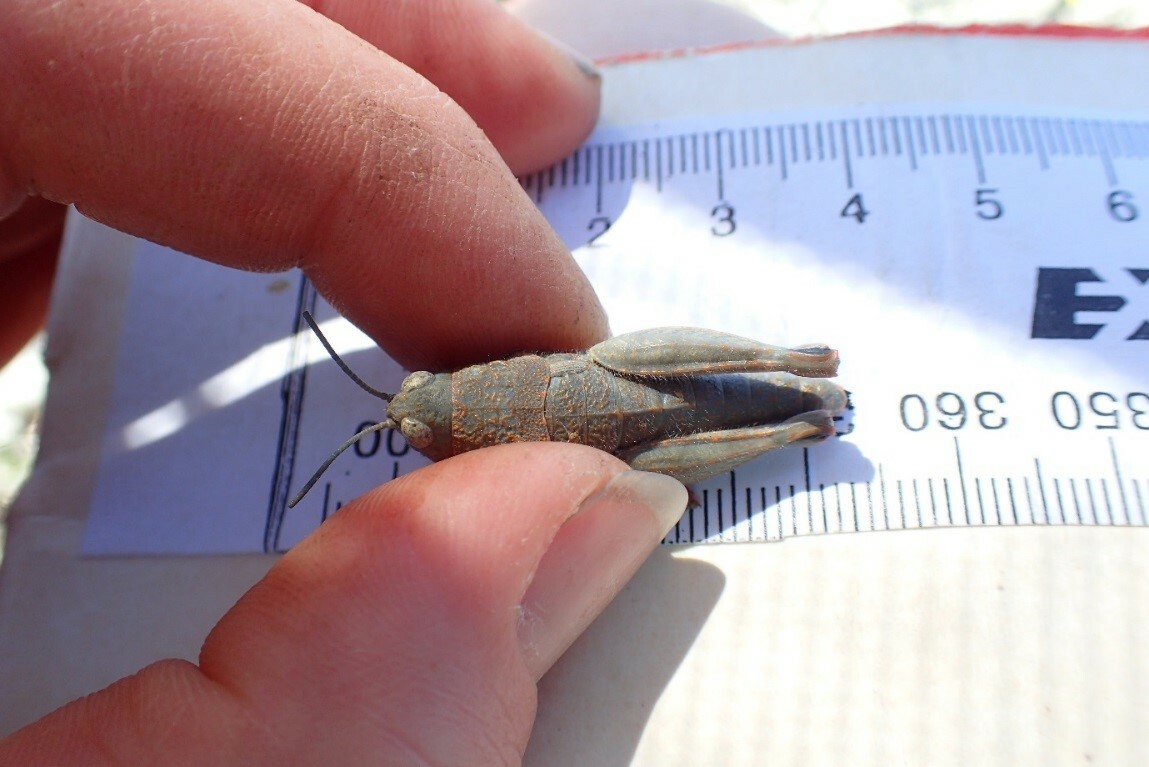
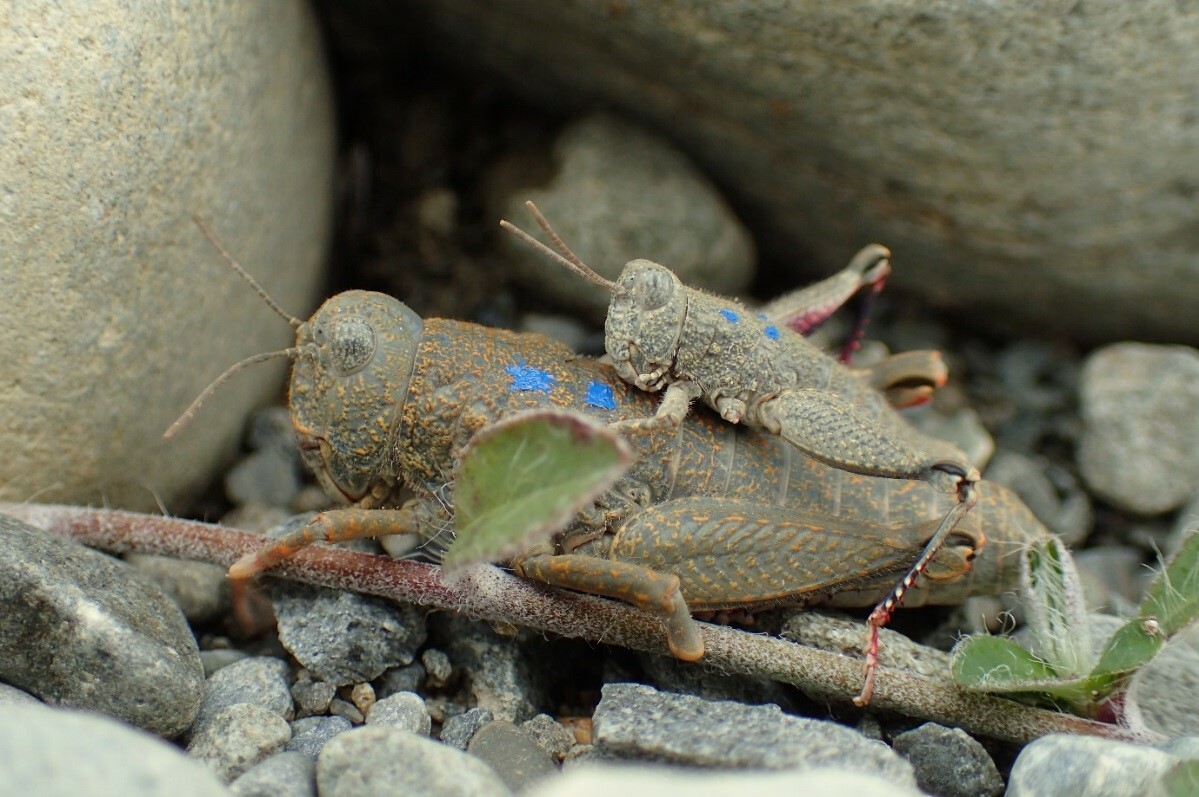
Most New Zealand animals evolved without the presence of ground dwelling mammalian predators, which has had a significant impact on our native species' behaviours. Many species developed camouflage alongside a tendency to freeze when threatened to protect them from avian predators, which typically hunt by sight.
Robust grasshopper bodies have a range of colour variations including grey, fawn and rusty orange, with the grey coloured grasshoppers being more prevalent. These colours allow the robust grasshopper to blend in with the habitat it primarily resides in, gravel and stony river beds.
Unfortunately, mammalian predators such as hedgehogs and stoats use smell to locate prey. If a robust grasshopper is confronted by one of these predators and freezes, it has just become an easy meal! That's why it's so important to protect these insects from introduced predators.

The efforts to conserve and research the robust grasshopper would not have been possible without the species first being found and described.
Brachaspis robustus was described by Doctor Robert (Bob) S Bigelow in his book The Grasshoppers of New Zealand: Their Taxonomy and Distribution. Three female type specimens (physical reference examples used to describe a species) are held at Canterbury Museum. The holotype (primary specimen used in the description of the species) was collected by R R Granger from the Ahuriri River, North Otago on 21 April 1963 and two paratypes (supplementary specimens used in the species description) were collected from Kurow. Bigelow was fascinated by B.robustus and promptly identified it as being rare.
In Bigelow’s description about the species he said: “Although it is possible that this species may be on its way to extinction, if not already extinct, such a conclusion must remain very tentative in the absence of further evidence.”

Fortunately B.robustus is not extinct due to the research and conservation efforts that have occurred. Extensive surveys in the Ahuriri-Kurow type locality have not found any B.robustus in this area anymore. The current known distribution of the robust grasshopper is only from the Tekapo, Pukaki and Ohau river catchments in the Mackenzie Basin. Without intervention from researchers and conservationists this species may well go extinct in the not too distant future!
The robust grasshopper is a great example of why describing biodiversity is important. About 12,000 species of insects have been described in New Zealand but over 9,000 remain undescribed. Museum collections have many specimens held in their collections without formal names. The next robust grasshopper is potentially hopping around in the wild or sitting in a drawer waiting to be discovered and described!



